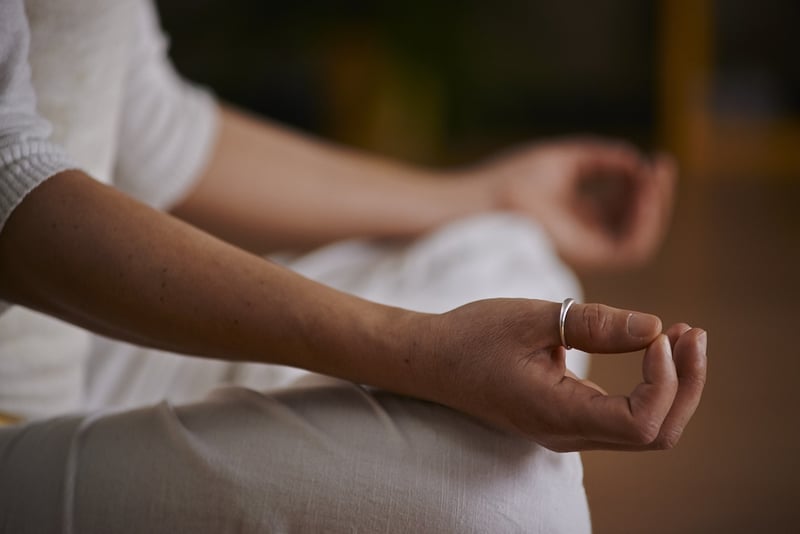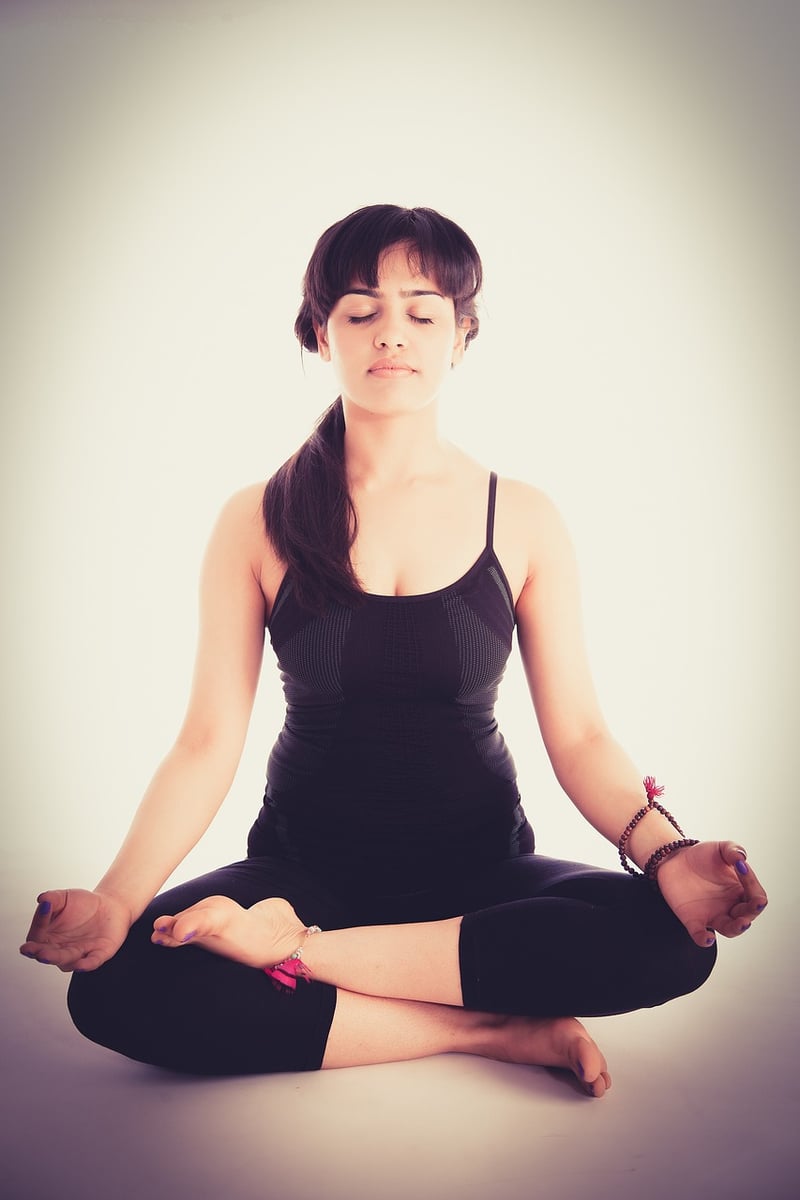Pranayama Techniques
Enhance Your Breathing Awareness with Pranayama Techniques
Breath is the essence of life, yet we often overlook its importance. By incorporating Pranayama techniques into your daily routine, you can enhance your breathing awareness and experience a myriad of health benefits. Pranayama, the practice of breath control in yoga, focuses on regulating and extending the breath to improve overall well-being. Let's explore some techniques to help you deepen your connection to your breath.
1. Deep Belly Breathing
Begin by sitting or lying down in a comfortable position. Place one hand on your chest and the other on your belly. Take a deep breath in through your nose, allowing your belly to rise as you fill your lungs with air. Exhale slowly through your mouth, feeling your belly fall. Repeat this for several breaths, focusing on the sensation of your breath moving in and out of your body.

2. Alternate Nostril Breathing (Nadi Shodhana)
Nadi Shodhana is a powerful Pranayama technique that helps balance the two hemispheres of the brain and calm the mind. Sit comfortably with your spine straight. Use your right thumb to close your right nostril and inhale deeply through your left nostril. Close the left nostril with your ring finger, release the right nostril, and exhale. Inhale through the right nostril, close it, release the left nostril, and exhale. Continue this pattern for several rounds, focusing on the flow of breath.

3. Breath Counting
Find a quiet place to sit and close your eyes. Inhale deeply through your nose, counting to four. Hold your breath for a count of four, then exhale for a count of four. As you become comfortable with this rhythm, gradually increase the count. Focus on the quality of your breath and the stillness between each inhale and exhale.

4. Kapalabhati (Skull Shining Breath)
Kapalabhati is an invigorating Pranayama technique that cleanses the respiratory system and energizes the body. Sit with a straight spine and take a deep inhale. Exhale forcefully through your nose by quickly contracting your lower belly. The inhalation should be passive and natural. Start with a few rounds and gradually increase the speed as you become more proficient.

By incorporating these Pranayama techniques into your daily routine, you can enhance your breathing awareness, reduce stress, and improve your overall health and well-being. Remember to practice with mindfulness and listen to your body's cues. Embrace the transformative power of your breath and cultivate a deeper connection to your inner self.
Find more inspiration and guidance on breathing techniques here.
